If the Philippines were a big dysfunctional family and each province were a person, you’ll find Batanes to be the oddest in the group. At that big family reunion, she’s that one kid not joining the party or the ruckus or whatever the hell is happening at the main table. Manila and her sisters may be flaunting another promotion, Davao remains cool and makes sure things are in order, Palawan effortlessly draws attention for her natural beauty, but Batanes remains unbothered. She stands by the window, probably talking to herself again.
Batanes is the one everyone is so curious about and intrigued by, but is just too elusive. When you do find her and sit down with her, she tells you strange tales about unbelievable things. “What do you mean crabs that can open coconuts? What do you mean ‘a store with no staff’? What the hell is zero crime rate?” Yet even when you don’t totally buy her absurd stories, you still can’t get enough of them because she’s quite a charmer.
But when you join her, you’ll see that her wanderings are not a flight of fancy.
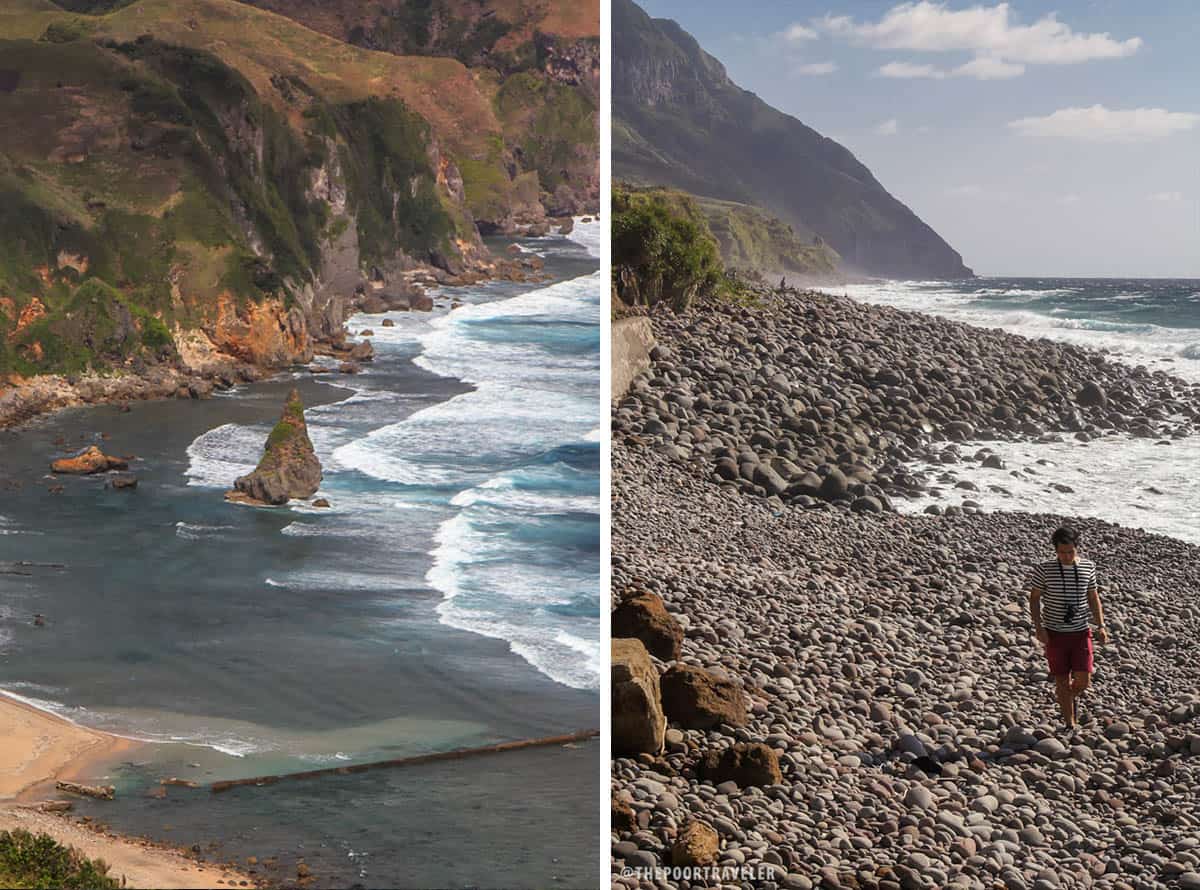
Batanes is the smallest province in the Philippines, with only six municipalities and three inhabited islands. It is also the northernmost, even closer to Taiwan than mainland Luzon. But it is its location that shaped almost everything about it. Caught in between the restless West Philippine Sea and the Pacific Ocean, the birthplace and incubator of the biggest storms on the planet, the people of Batanes have learned to adapt to the harsh environment. Oddly, these hostile conditions have turned out to breed the gentlest, most hospitable but enduring cultures in the Philippines.
Here are some of the things you might find curious and refreshing in Beautiful Batanes.
1. It is windy. Like, really.
The landscapes and seascapes are breathtaking. But if you ever stand on top of one of a hill or a cliff in Batanes, try your best not to be blown away. Literally. By the wind.
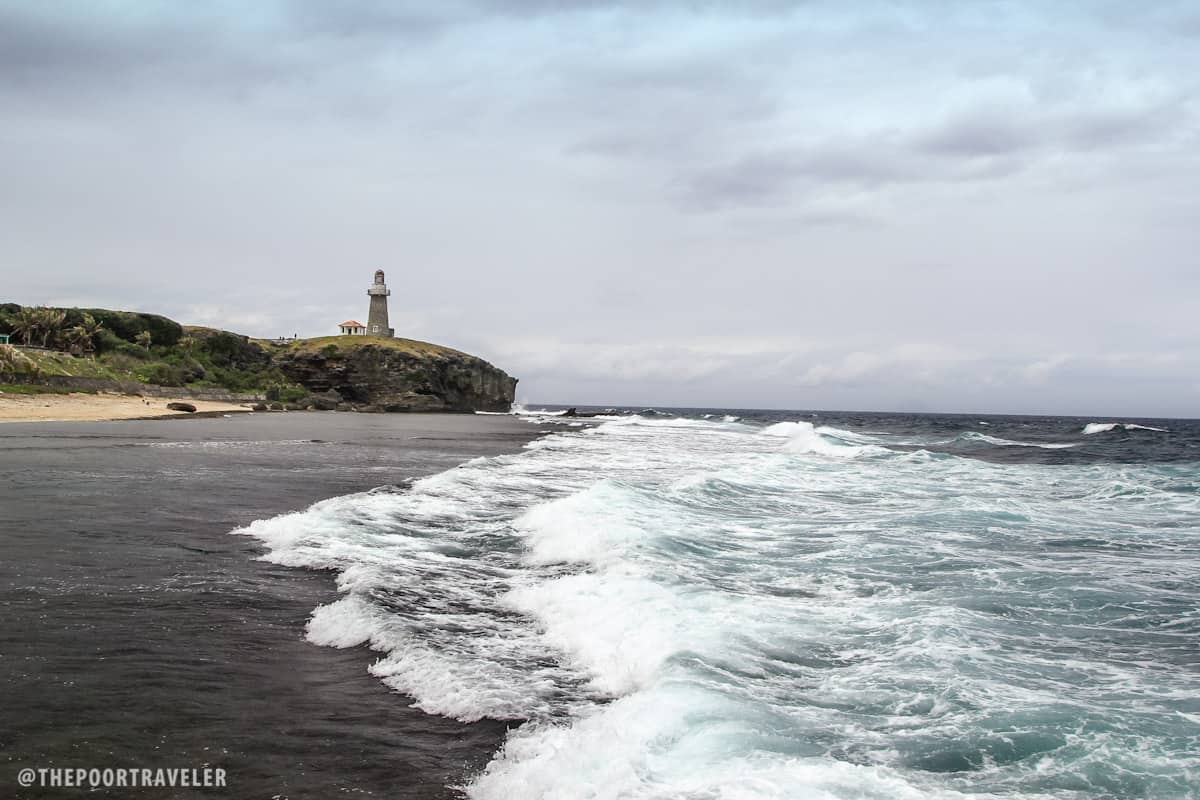
Many parts of their culture are shaped by the winds — strong, playful, at times mischievous. The roaring winds pushed the Ivatans to build stone houses that can endure the mightiest storms from the Pacific again and again. The harsh winds made them perfect the science and art of boat-making.
2. Tataya and Faluwa
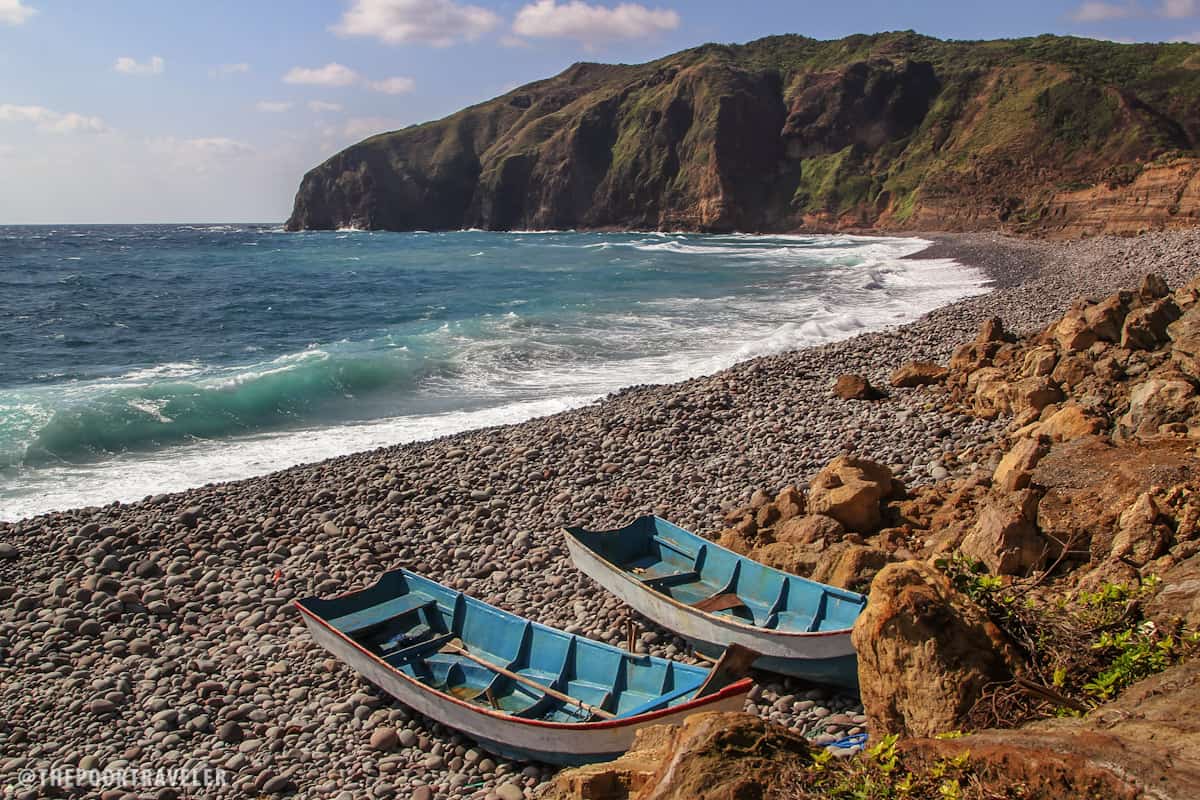
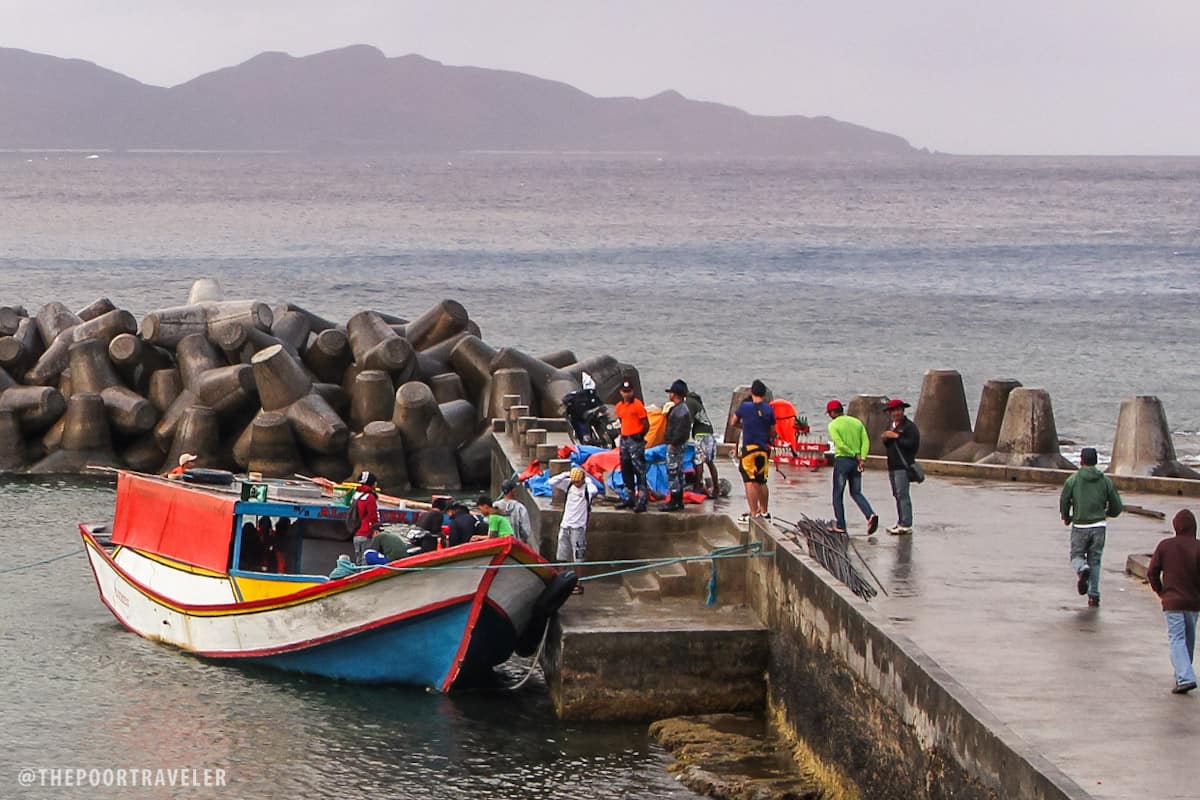
While outrigger canoes are quite common here on earth (aka Manila), they prove to be a bit disadvantageous in the fantasy world of Batanes. It isn’t really “fantastic.” It’s not unusual for seafarers to use outrigger-free boats in rough, turbulent seas. And given how violent the waters here can become, they are the wisest choice for locals. It was just that the idea of outrigger-free boats in dangerous waters is quite new and mind-blowing for a city fool like me.
The tataya is the Ivatan dory, a lightweight, shallow-draft boat that can easily roll with the waves especially when fishing. They can measure from four to seven meters. The faluwa (or fallowa) is bigger and can accommodate 20-40 passengers.
Boatmaking is an integral part of the Ivatan culture. It is believed that the early Ivatans who inhabited the islands crossed the seas on these boats and landed here most probably from Taiwan. The boatmaking aesthetic of the people of Orchid Island, Taiwan, feature striking similarities.
3. Liveng, Batanes Hedgerows
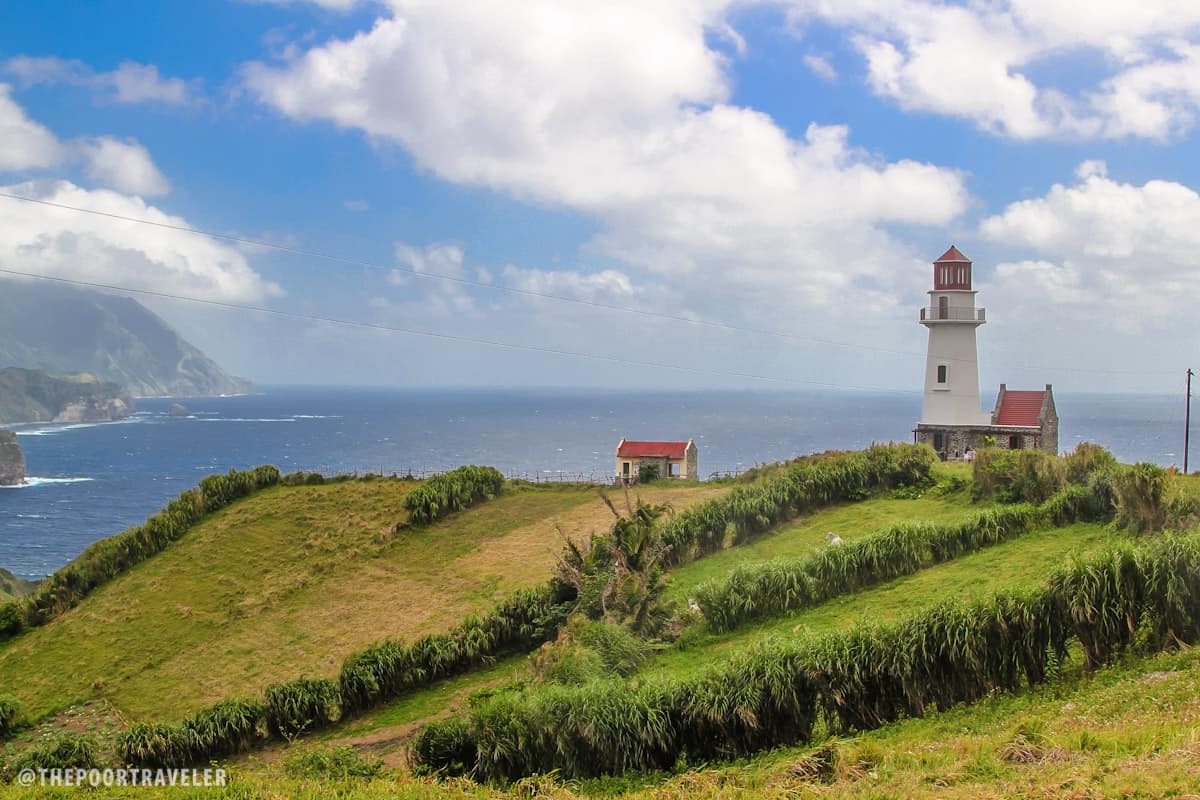
One thing you’ll notice as you make your way across the province’s many hills is the labyrinthine network of hedges that run all over farms and pasturelands. It’s like a verdant web spun by a giant god of agriculture. They are called the liveng, meant to protect crops from incessant blows by the wind. The liveng is usually built by planting shrubs, bamboos, or small trees. It also prevents soil erosion and serves as monument of their farm lots.
4. Vakul and Talugong for a Cooler Head
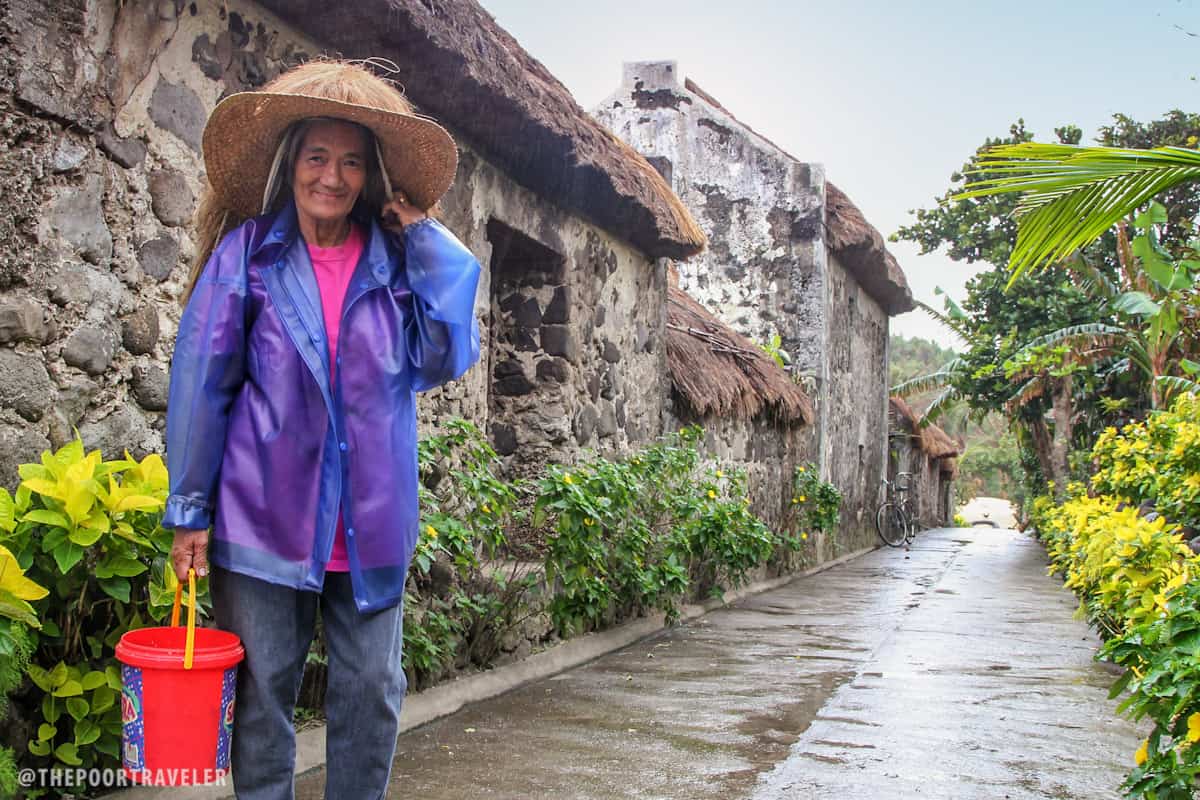
The vakul and talugong are distinct Ivatan headgears. (Vakul for women, talugong for men.) It is worn to protect the head from both the rain and the sun when they work in the field. It is made from the fiber of the vuyavuy (voyavoy) palm, which keeps the inside cooler even under the sun. (This is a good souvenir, by the way. You’ll find some for sale at the Honesty Shop and in Chavayan, Sabtang Island. Cost is P500 if I’m not mistaken.)
5. The Traditional Houses
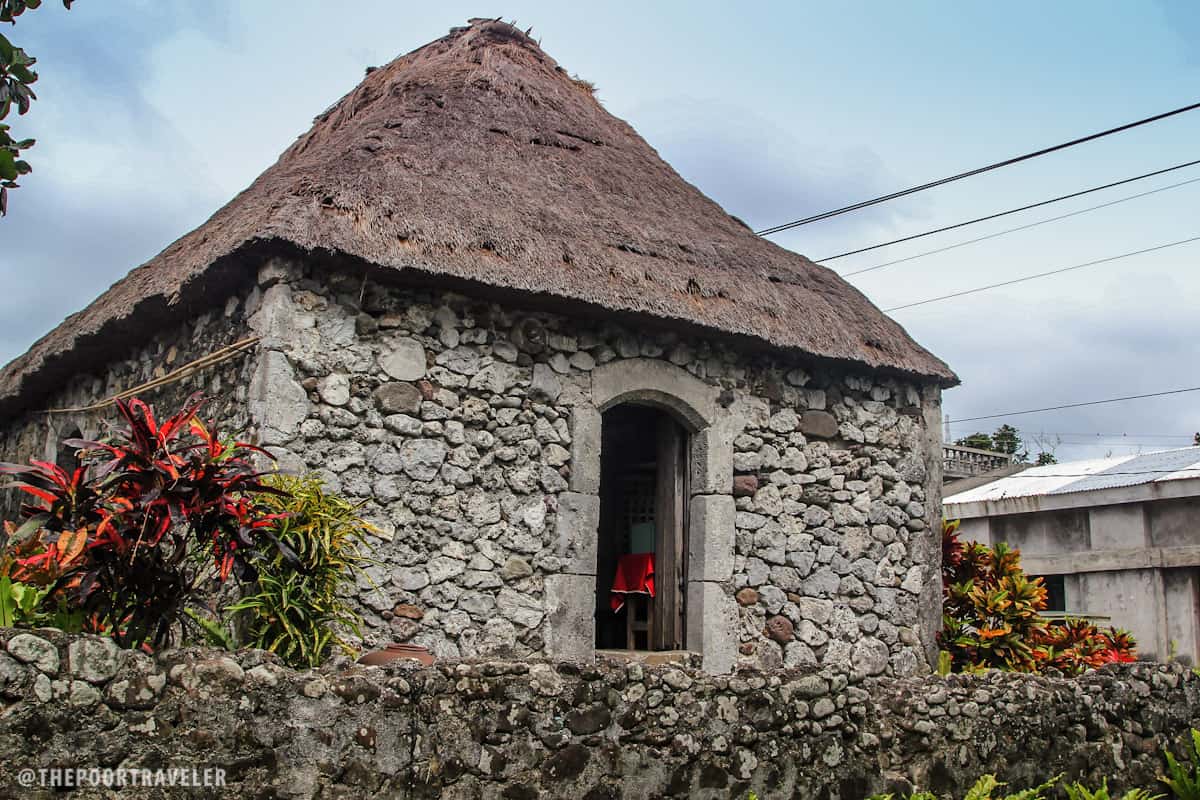
Three types of traditional houses flank the streets and foot trails in Batanes: maytuab, sinadumparan, and jinjin. Only the first two feature walls made of stone and lime. The main difference is the roof. Maytuab is capped with a four-sloped roof and sinadumparan two-sloped. Both roofs are made of thatched cogon grass. The other type is the jinin, which built from wood and covered almost entirely with thatched cogon grass.
These houses of Batanes are not just for show. Locals actually live in these traditional houses even up to now. In Chavayan and Savidug, you’ll find an entire village composed of these structures.
It was Spain who introduced the process of building these houses. The Ivatans lived in small cogon houses in the highlands until 1686 when the Spaniards forced them to move to the lowlands. The colonizers taught the locals how to use lime to bind stones. They also used thicker layers of cogon grass for the roof.
When constructing or repairing a stonehouse, members of the community join and help. It is known as kayvayvanaan, which literally means friendship in the vernacular. The bayanihan spirit is alive and kicking in Batanes!
6. Boulders, Boulders Everywhere!
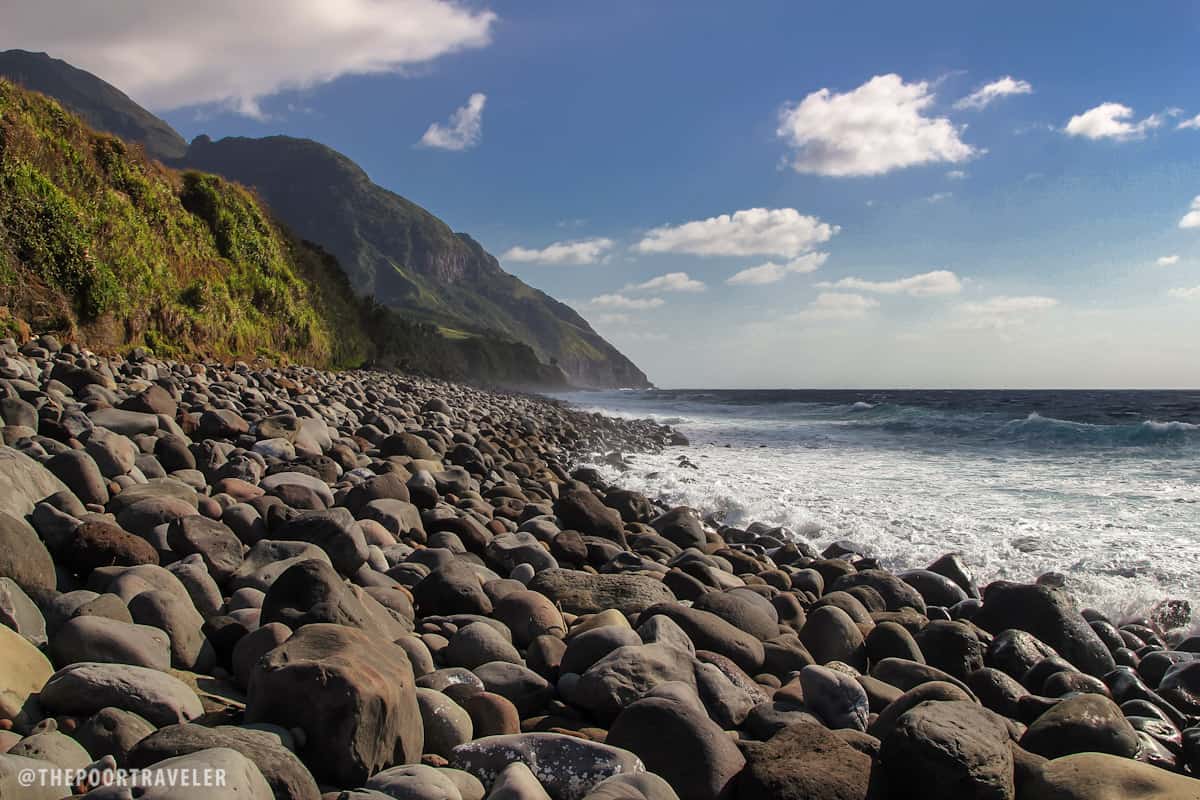
The walls of traditional houses are not the only place where you’ll see these boulders. You’ll find “beachfuls” of them in the north of Batan Island. The Valugan Beach in the east and Chadpidan Beach in the west are filled with boulders, andesite rocks spewed by Mt. Iraya, an active volcano just around the corner. (It’s the most dominant land feature in the province; you won’t miss it.)
7. Coconut crabs
The coconut crab, locally known as tatus, is the largest land-living arthropod in the world (which does not make them a seafood), so called because they can actually open coconuts. But before you conjure in your head an image of a giant crab with massive claws cracking open a human skull, know that they do it very methodically and often very slowly (some take days). They can climb a coconut tree and with its pincers cut off a fruit. If the coconut does not open when it crashes to the ground, it will peel off the husk to reveal the shell. It will then punch the shell’s “soft spot” and make the small hole bigger over time.
They are the most sought-after delicacy in Batanes! Unfortunately, they are already a THREATENED SPECIES. And according to the Bureau of Fisheries and Aquatic Resources, taking or catching them is ILLEGAL.
We didn’t know about this during the trip and were told it was okay as long as it is consumed within Batanes. It appeared okay, too, because they are still served at some restaurants and are even offered to tourists by guides and tour operators. But it would be best if you don’t have them for a meal. Let’s let them reproduce to healthy numbers and save their species.
Besides, there is a great alternative: Payi (aka lobsters)! Lobsters are not threatened and are amazingly cheap in Batanes. They are not always available to walk-in customers. Let the restaurant know beforehand so they could (catch, buy and) prepare them for you.
8. Flying Fish
Dibang (flying fish) is another delicacy that is quite popular among Ivatans. Flying fish abound in the waters of Batanes especially during summer, the fishing season. The Bureau of Fisheries and Aquatic Resources have began training locals in developing it as a pasalubong product for tourists.
9. Itbayat, the Island with No Beach
The island of Itbayat poses a challenge for seafarers who try to land their boats. It has no beach, sandy or otherwise, only rocky cliffs. But the Ivatan ingenuity continues to impress. A number of men work together to make sure that every boat lands safely. More about that here.
How do you get off the boat onto the shore if there is no beach? Well, like this:
One of the most important sites is Torongan Cave, an ancient settlement ground and is believed to where the first Austronesians who arrived from Taiwan landed around 2000 BC.
Itbayat is the northernmost municipality in the Philippines and is said to enjoy four seasons.
10. Dios Mamajes, Vatanes Batanes
V for Vatanes! For a native Tagalog speaker like me, seeing and hearing a lot of V’s in a Philippine language is mighty refreshing. Ivatan is one of the Batanic languages. It is a distinct Austronesian language different from the northern Luzon languages and Formosan languages (despite its proximity to Taiwan).
Within my first hour in Batanes, I encountered many signs with the words “Dios Mamajes.” I was told even before the trip that it means, “Thank you,” but I wondered what it literally meant. I assumed Dios can be translated to God. Part of the Spaniards’ first order of business in Batanes was to convert the inhabitants to Christianity; they did. The province embraced the new religion and its influences seeped into many aspects of their lives, including the language.
Apparently, Dios Mamajes means “God will repay.” It’s their way of showing gratitude. Leave it to the Ivatans to turn simple words, like “thanks”, into poetry. Such a beauty.
How to get to Batanes: Philippine Airlines flies to Basco, Batanes! You may check their rates and book your flight at www.philippineairlines.com.
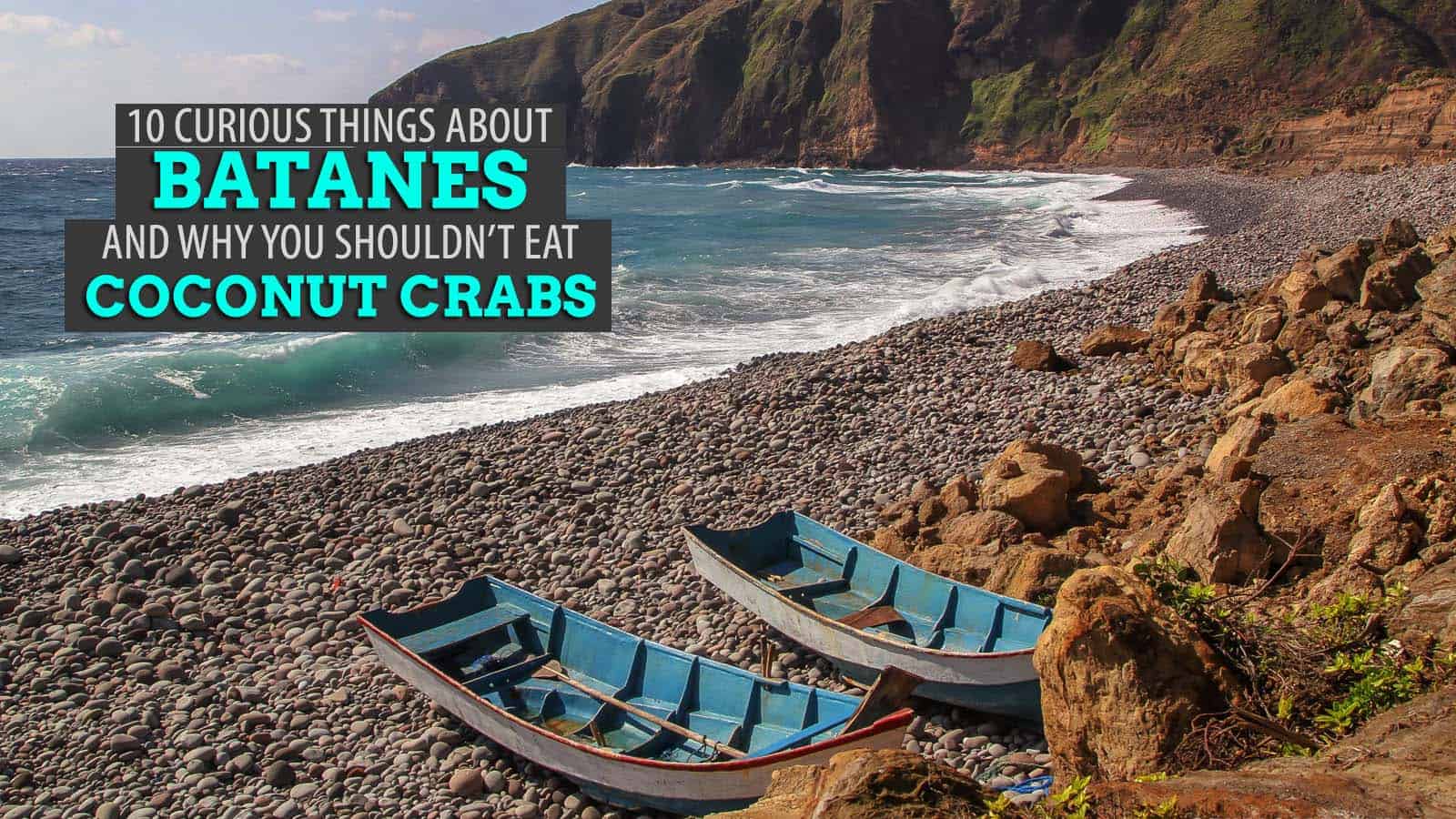



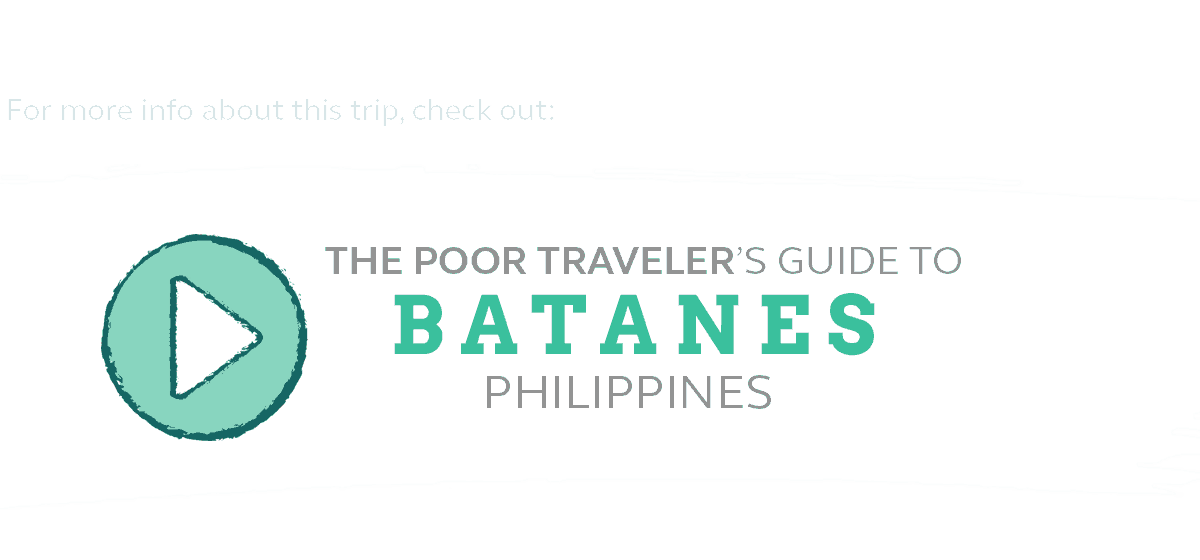




















Thanks for sharing the beauty of my province. Dios mamajes. Miripirwa ka pa mayvidi (Thank you. Hope to see you coming back.)
i was lucky enough to visit the islands for 12 days. it was a pleasant trip back through time when the philippines was from way back. life was very simple but very very beautiful. i cant get over the experience of kids swarming around you after mass just to make mano (how i miss pagmamano). the older folks on the other hand just gave me endless invites for breakfast or just coffee. yes there is a life without stress and technology and its there in batanes. the experience was so touching that i cried on the plane upon take off…. maybe because ill miss all the folks i met and lived with for 2 weeks and for the realization ill be going back to my usual life that is so different from what i just tasted.
hi, thank you for sharing the pictures of Batanes. I am from the Philippines and yet I haven’t gone to the place. More power and thank you for promoting the Philippines.
One of my dream place to visit locally. By next year it will be it’s now or never so me and family must be in Batanes to experience the idyllic life we have been searching. Protect and preserve Batanes, the pride of the north.
Hello! I was looking out for some input for my Batanes blog trip and I came across your blog. Beautifully described analogy of Batanes and a family. You’re an Inspiration. Thanks!
Well-written, very informative, and funny! I always knew there must be some good Pinoy writing on the internet. :) And also: I <3 Batanes! :D Sadly, I did have myself a delicious crab.
Thank you for this blog, man! Ang galing. Not only do you write well, but you have taken pains to foresee what travelers need or want to know. Your articles on Batanes are, collectively, the most comprehensive travel pieces I’ve ever read about it!
I still dream of going to Batanes, of course, and I know that’s going to happen one of these days, but at this point, your articles have already taken me there, and I am grateful for the experience.
Thanks for taking the time to write that feedback, Gener! Don’t worry, you’ll get your turn to see and enjoy Batanes!
East of Eden found! Batanes it is! I’ve always been fascinated with Batanes because of its remoteness, exclusivity, serenity, etc! and since i hate tourist crowds, Batanes is definitely on top of my bucket list of places to visit and hopefully stay for a week!
Yasss! Batanes is one of the best destinations in PH! :D